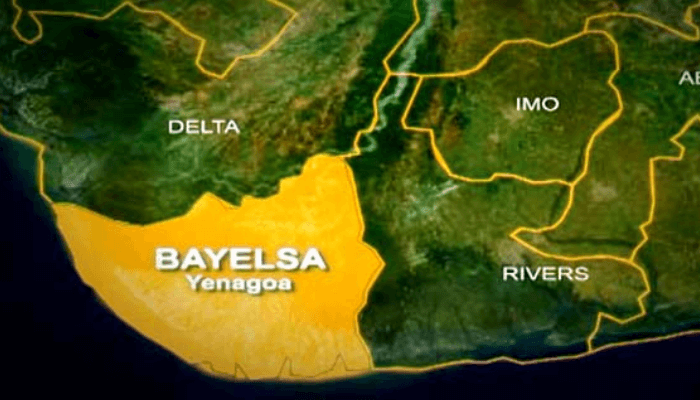What began as a convenience service for low-income and low-balance mobile users has quietly transformed into a multi-billion naira revenue stream for Nigeria’s telecommunications giants. Airtime lending where subscribers borrow credit and repay with a fee has evolved into a digital cash cow, reshaping the economics of mobile services in the country.
Across Nigeria, millions of subscribers now rely on airtime loans to stay connected, especially during emergencies or cash-strapped moments. On the surface, it appears to be a consumer-friendly solution, but behind the scenes, it has morphed into a high-yield business model.
According to industry insiders, MTN, Airtel, Globacom, and 9mobile collectively rake in over ₦400 billion annuallyfrom airtime lending alone — a sum driven by micro-fees that often range from 10% to 15% of the loaned amount, repaid automatically on the user’s next recharge.
“The model is ingenious,” says telecom analyst Tunde Adetayo. “With minimal risk, telcos lend small amounts at high interest margins, often earning more from airtime loans than traditional voice or SMS services.”
The process is automated: subscribers dial a code or use an app to borrow airtime, often between ₦100 and ₦2,000, and are charged a service fee upon repayment. For example, borrowing ₦100 could incur a ₦15 fee — a 15% effective charge on instant credit that lasts only until the next recharge.
Telecom operators partner with fintech firms to manage the backend systems and risk analysis, enabling seamless disbursement and collection. MTN’s Xtratime, Airtel’s Credit Loan, and similar services have become so popular that they’re now among the top revenue sources in each telco’s value-added services portfolio.
Critics, however, argue that these services function more like microloans with exorbitant interest rates, often targeting low-income users with limited financial literacy.
“There needs to be regulation around transparency,” says consumer rights advocate Ngozi Ibeh. “Users should know they’re essentially paying interest, and the effective annual rates are extremely high.”
Despite calls for oversight, the service continues to grow, especially in rural and peri-urban areas where access to traditional financial services remains limited.










Leave a Reply